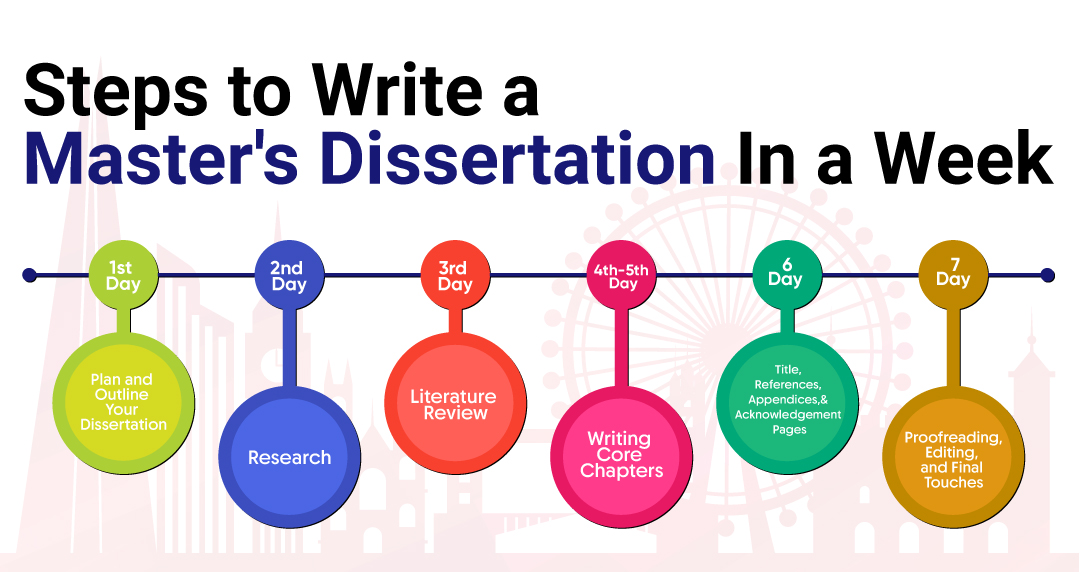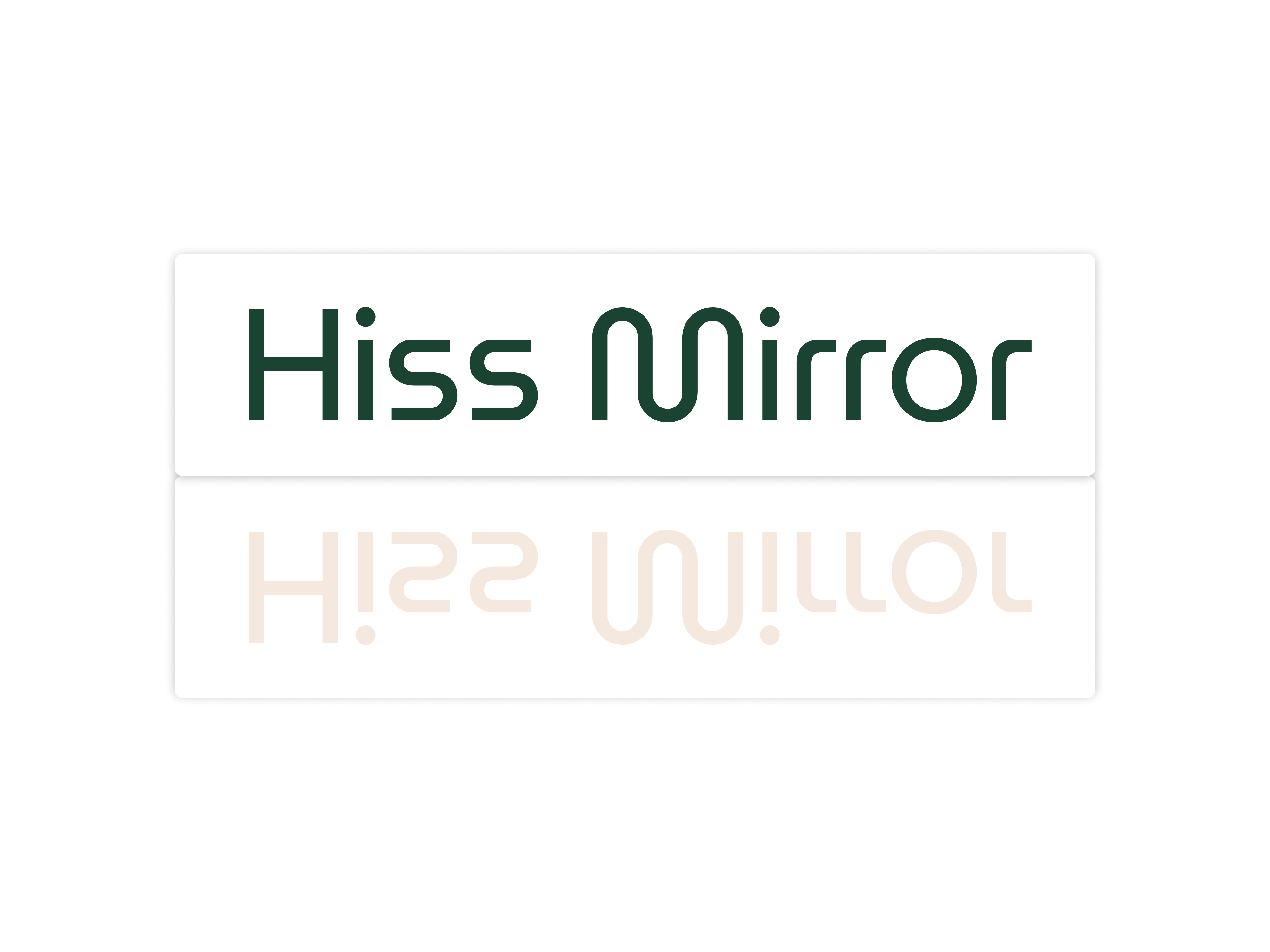From Research to Writing: A Complete Dissertation Roadmap

Understanding the Dissertation Process
Writing a dissertation is a significant academic endeavor that requires thorough research, critical thinking, and a structured approach. It serves as an opportunity for students to demonstrate their expertise in a specific subject while contributing valuable insights to the field. A well-crafted dissertation enhances academic credibility and career prospects.
Selecting a Research Topic: Where to Begin?
Choosing the right dissertation topic is crucial, as it sets the foundation for the entire research process. A strong topic should be:
- Relevant – Addressing contemporary issues within the field of study.
- Researchable – Supported by sufficient data and literature.
- Unique – Offering a new perspective or filling a gap in existing knowledge.
- Feasible – Aligning with available resources, time constraints, and academic requirements.
Conducting a Literature Review
A literature review is essential to understand the existing body of knowledge on the chosen topic. It helps in identifying gaps, refining research questions, and establishing a theoretical framework. To conduct an effective literature review:
- Collect sources from scholarly databases such as Google Scholar, PubMed, or JSTOR.
- Categorize findings based on themes, methodologies, and conclusions.
- Identify research gaps that justify the need for your study.
- Ensure critical analysis rather than just summarization.
Developing a Strong Research Methodology
The research methodology outlines how data will be collected, analyzed, and interpreted. Depending on the nature of the study, research methods may include:
- Qualitative Research – Interviews, focus groups, case studies.
- Quantitative Research – Surveys, experiments, statistical analysis.
- Mixed Methods – Combining qualitative and quantitative approaches for a comprehensive understanding.
It is crucial to justify the chosen methodology and discuss its reliability and validity.
Data Collection and Analysis
Data collection should align with the research objectives and ethical guidelines. Common data collection techniques include:
- Primary Data Collection – Surveys, interviews, observations.
- Secondary Data Collection – Reviewing existing reports, journals, and studies.
Once data is gathered, analysis is performed using tools such as SPSS, NVivo, or Excel. Interpretation should highlight key trends, correlations, and patterns relevant to the research question.
Structuring the Dissertation: Essential Sections
A well-structured dissertation enhances readability and coherence. The standard structure includes:
1. Introduction
- Introduces the research problem and objectives.
- Justifies the significance of the study.
- Outlines the research questions and hypotheses.
2. Literature Review
- Analyzes existing research related to the topic.
- Identifies gaps that the study aims to address.
- Establishes theoretical perspectives.
3. Research Methodology
- Describes research design and data collection methods.
- Explains ethical considerations.
- Justifies the choice of methodology.
4. Data Analysis and Findings
- Presents results using tables, charts, and graphs.
- Interprets findings in relation to the research question.
- Discusses trends and anomalies.
5. Discussion
- Compares findings with existing literature.
- Highlights contributions to the field.
- Identifies limitations and suggests future research areas.
6. Conclusion
- Summarizes key points.
- Restates the research significance.
- Provides actionable recommendations.
7. References
- Lists all cited sources following a standard citation format (APA, MLA, Harvard, etc.).
Effective Time Management for Dissertation Writing
Managing time efficiently is critical for meeting deadlines and maintaining quality. Recommended strategies include:
- Creating a timeline – Breaking tasks into manageable segments.
- Setting milestones – Assigning deadlines to different sections.
- Using reference management tools – Tools like Zotero or Mendeley help organize citations.
- Seeking regular feedback – Reviewing progress with advisors ensures alignment with expectations.
Common Dissertation Challenges and How to Overcome Them
Dissertation writing comes with its own set of challenges. Some common issues and their solutions include:
- Writer’s block – Start with easy sections and gradually build momentum.
- Data collection difficulties – Choose feasible methods and ensure ethical approvals.
- Time constraints – Stick to a well-structured schedule.
- Motivation loss – Stay connected with peers and academic advisors for support.
The Final Steps: Editing, Proofreading, and Submission
Before submission, thorough editing and proofreading are essential to refine the dissertation. Key steps include:
- Checking for clarity and coherence – Ensuring logical flow and well-structured arguments.
- Correcting grammar and formatting errors – Using grammar tools and citation checkers.
- Plagiarism check – Ensuring originality with plagiarism detection software.
- Supervisor review – Incorporating feedback before final submission.
Seeking Academic Support
For students requiring guidance, expert assistance can be beneficial. Professional support services such as Dissertation help in UK provide structured strategies to enhance dissertation quality.
Finalizing and Submitting Your Dissertation
Before final submission, ensure:
- Compliance with university formatting guidelines.
- Proper citation and referencing.
- Inclusion of appendices and supplementary materials if necessary.
- Completion of plagiarism checks.
A well-researched and structured dissertation not only contributes to academic excellence but also demonstrates analytical and research skills. For additional academic assistance, Do MY Assignment in UK provides comprehensive resources to enhance learning and research capabilities.







